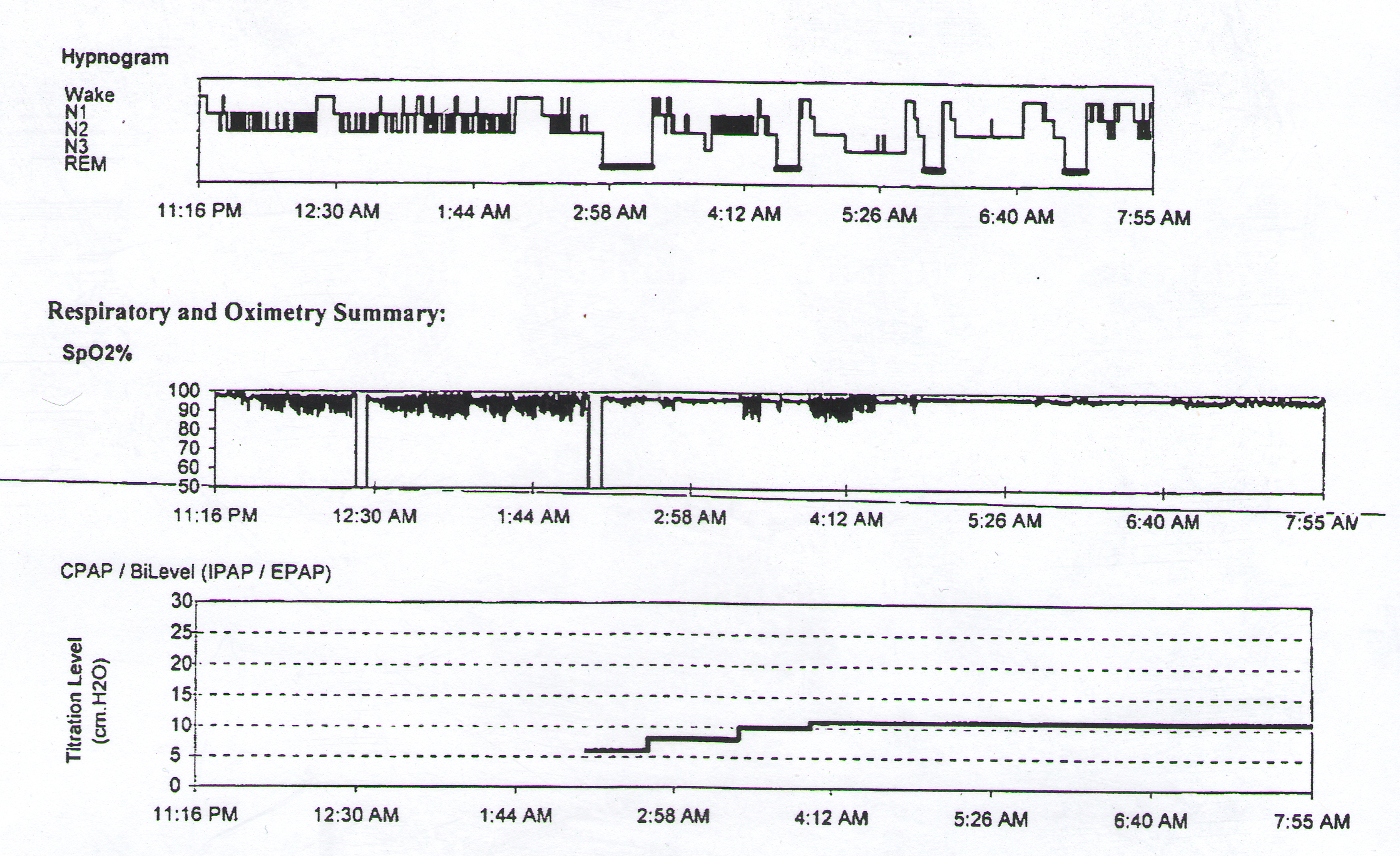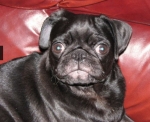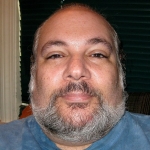These are examples of hypnograms showing sleep architecture during a full night's sleep.
The first example represents normal sleep. Sleep progresses from wake, through light sleep (Stage 1 and 2), followed by deep sleep (Stages 3 & 4), and finally a REM period. This is called a Sleep Cycle, and takes about 90 minutes to complete. There are usually 4-6 Sleep Cycles per night. Most deep or delta sleep occurs in the first Sleep Cycle. The duration of REM periods increase as the night goes on. Normal sleep stage percentages are Stage 1 5%, Stage 2 60%, Stage 3 & 4 combined 20%, and REM 20%. Delta sleep generally decreases as a function of age:

This example represents someone with OSA. After sleep onset, the patient moves back and forth from Stage 1 to Stage 2 sleep. Stage 1 sleep is simply a transition stage to quality sleep and should only appear at the beginning of the night. It has virtually no value as far as restorative sleep goes. It is should not appear to any great degree once bona fide sleep begins. There is no delta sleep whatsoever. REM sleep is 19.9%. The patient is aroused to wake at least 10 times. There is some continuous stage 2 and REM sleep, but overall this is fairly poor quality sleep, with frequent disruptions caused by OSA:

This example shows a patient with a large quantity of delta sleep (20.8%) and REM sleep (33.8%). Sleep is fairly continuous. This patient will be well rested in the morning. This patient is the one from example 2 during his CPAP titration. This greater than normal quantity of delta and REM sleep is termed Rebound Phenomenon. With regular use, the CPAP user will move to a more normal sleep architecture as the "sleep debt" is paid off. This usually occurs in a day or so. This also serves to explain why some people think they slept so well in the lab, but then do poorly at home. It's not that they're doing poorly, they're actually now approaching normal architecture, the aggravating factor is now gone:

This example represents a Split-Night study. Initially, there is a very disrupted, light sleep pattern, that turns into prolonged REM after application of CPAP. There are areas of sustained sleep, but there are still areas of disrupted light sleep. This patient also had Periodic Limb Movements which continued to disrupt sleep even though respiratory events were well-controlled on CPAP:

There should probably be about 40-50 stage shifts in a normal, healthy patient not troubled by lab effect (the test itself can drive up the stage shifts). Most references are looking at about 7 stage shifts per hour, give or take. There should be few, if any awakenings, perhaps in the neighborhood of like "2". An awakening is a sleep disturbance that lasts >15 seconds, as opposed to an arousal, which lasts 3 - 15 seconds. Consequently, awakenings are highly disruptive to sleep.
(Hypnograms generated prior to the new standards for NREM, which now combine Stages 3 & 4.)


















